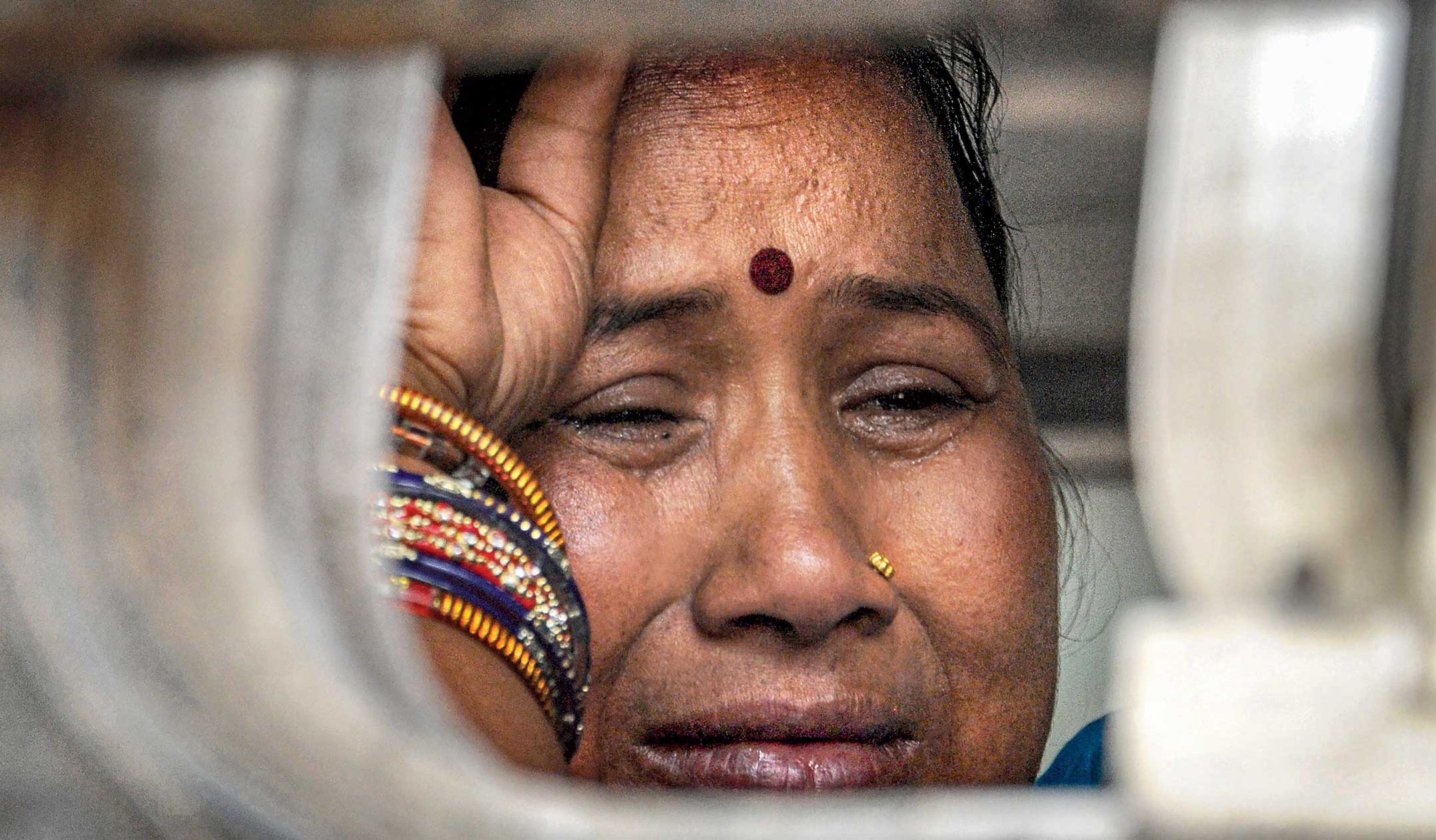The Union health ministry on Sunday for the first time set thresholds for six parameters that states could use to label areas affected by the new coronavirus as “critical” and iterated containment activities to change them to “desirable” levels.
Areas with 200 or more active Covid-19 cases, more than 15 cases per 100,000 population, case fatality rates of 6 per cent or higher, and infection doubling times less than 14 days could be classified as critical areas, the health ministry said.
Union health secretary Preeti Sudan, in a letter sent to the chief secretaries of states and Union Territories, has also set thresholds for testing — areas with less than 65 tests per 100,000 people and sample positivity rate of 6 per cent or higher would also be critical.
Health experts who have seen Sudan’s letter interpreted the term “critical” as likely the “red zones”, although the letter does not specifically state this.
The ministry said that once states identify the critical areas on the basis of these parameters, they would need to delineate containment and buffer zones for surveillance, perimeter control and other restrictions intended to break chains of transmission.
Public health experts said the thresholds would provide clear targets for state and local authorities but cautioned that such numbers could be comparable only if the testing strategy was clearly defined and uniform across the country.
“The introduction of quantified parameters is welcome — but they will mainly reflect only the testing bias,” said T. Sundararaman, former director of the National Health Systems Resource Centre, a unit of the health ministry.
“The denominator that is determined by who exactly is tested for Covid has to be uniform,” he told The Telegraph. The ratios that make up these parameters will change if fewer or more people are tested in some places than in others.
Experts have also pointed out that efforts to push the parameters towards desirable levels would require at least district-level data for all six parameters.
“We need strong microplanning — every district would need to have a real-time dashboard that shows these six numbers all the time and plan containment at the local level,” said Oommen John, a public health specialist at The George Institute for Global Health, New Delhi.
National-level data released by the health ministry show significant variations in some of the parameters across states. The case fatality rates, for instance, are 1.4 in Delhi, 5.7 in Gujarat, and 9 in Bengal, while the proportions of samples tested positive are 3.3 per cent in Bengal, 7.9 per cent in Gujarat and 11.7 per cent in Maharashtra.
Health experts believe similar differences in parameter values could exist between districts within and across states.
The ministry has released the thresholds for the parameters at a time at least 18 cities across India, including Calcutta, are battling large outbreaks with more than 500 infections in each city.
Health authorities on Sunday recorded 4,987 new patients — the highest-ever overnight spike in new Covid-19 cases. The total number of confirmed cases has increased to 90,927, of whom 53,946 are under observation or treatment, 34,109 have recovered, 2,872 have died.
The health ministry on Sunday also released updated containment guidelines for areas with large outbreaks, defining a large outbreak as a “localised increase” with 15 or more Covid-19 cases within a geographic area such as a village, town, or city.
The updated guidelines call for enhanced surveillance in containment zones — a house-by-house search every day between 8am and 2pm by health workers looking for people with respiratory symptoms.
Health workers would also need to ask for people who have had respiratory symptoms in the past 14 days and informdistrict health surveillance units for review and documenting any “missed” cases.











